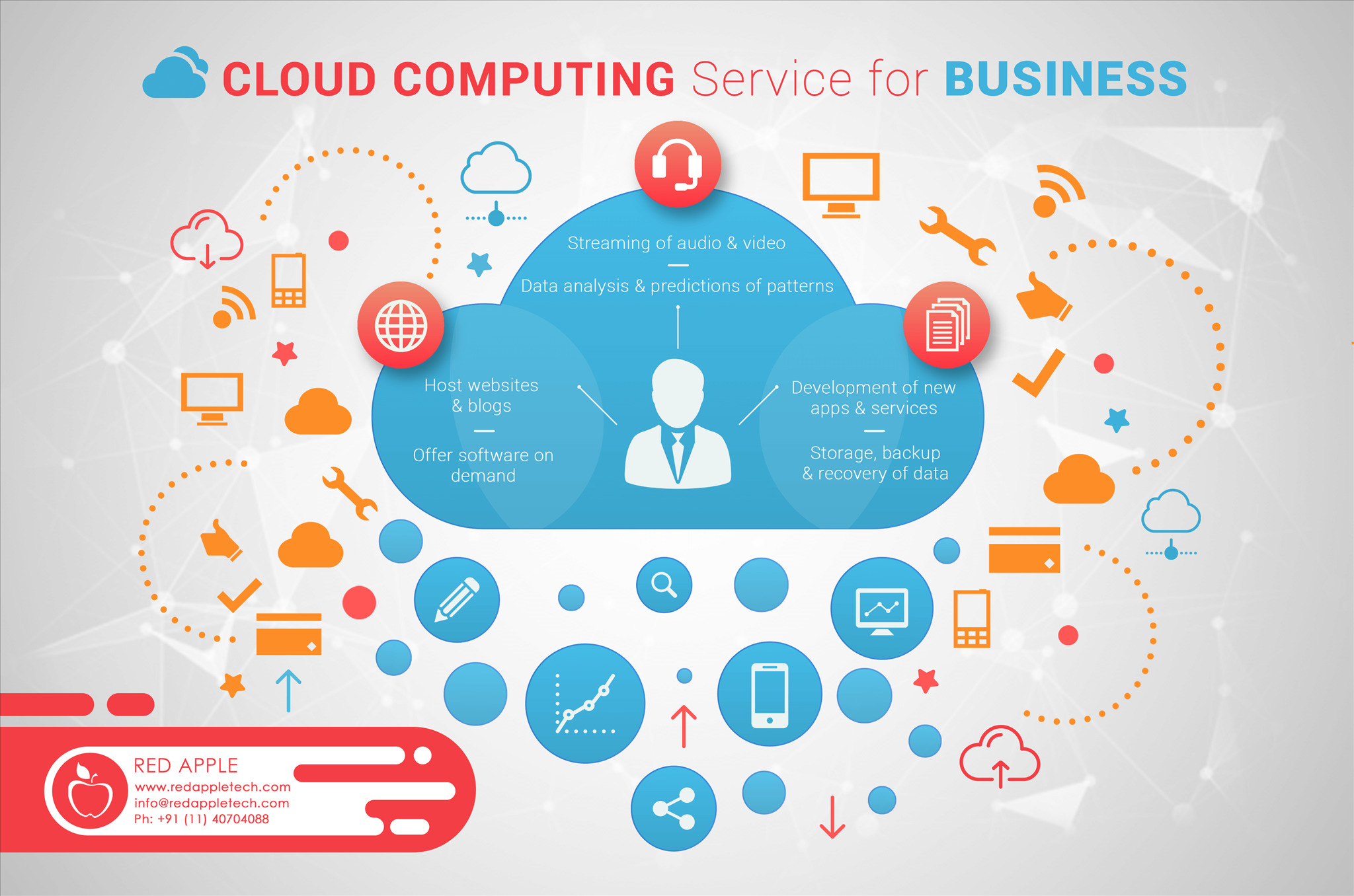Just How LinkDaddy Cloud Services Enhance Universal Cloud Services
Just How LinkDaddy Cloud Services Enhance Universal Cloud Services
Blog Article
Experience Smooth Integration With Cloud Provider
Discover how seamless integration with cloud solutions can reinvent the way your organization operates, enhancing and improving procedures performance. By aligning your modern technology framework with the right cloud company and welcoming a tactical strategy to combination, you can open a world of possibilities for your company.
Benefits of Cloud Providers Assimilation
Cloud solutions combination offers various advantages to organizations looking for to simplify their operations and enhance efficiency in today's digital landscape. One key benefit is increased flexibility. By incorporating numerous cloud solutions, companies can easily scale their resources up or down based on demand, enabling better dexterity in adjusting to changing company needs. This versatility additionally enables smooth partnership among groups, despite their physical area, fostering enhanced communication and productivity.
Furthermore, cloud solutions assimilation enhances data security. Centralizing information storage space and monitoring with integrated cloud services can give organizations with far better control over gain access to consents and information security, reducing the risk of data breaches or loss. Additionally, automatic updates and backups used by cloud provider assist guarantee information stability and accessibility, minimizing downtime and possible interruptions to company procedures.

Selecting the Right Cloud Supplier
When picking a cloud supplier for your organization's needs, comprehensive study and analysis are essential to make sure ideal compatibility and efficiency. The initial step in picking the ideal cloud company is to clearly specify your company's goals and demands.

Inevitably, selecting the best cloud company is a critical decision that can substantially influence your company's effectiveness and success. By carrying out extensive research study and due diligence, you can select a copyright that effortlessly integrates with your existing framework and supports your long-lasting company objectives.
Carrying Out Cloud Solutions Successfully
The effective application of cloud solutions needs thorough planning and seamless implementation to take full advantage of effectiveness and attain wanted end results. To begin, it is important to perform a detailed assessment of your organization's needs and goals. Comprehending the particular needs will assist in selecting the most suitable cloud solutions and creating a customized execution strategy.
Once the cloud services are chosen, careful attention must be paid to information migration. This process involves moving existing data to the cloud while ensuring marginal disruption to universal cloud Service procedures. Data protection actions need to also be implemented to safeguard sensitive details throughout the migration procedure and past.
In addition, reliable communication with stakeholders is critical for successful application. Clear and timely updates on the progress of the cloud assimilation job can help manage expectations and deal with any worries that might arise.
Regular performance monitoring and assessment are important post-implementation. This enables changes to be made promptly, guaranteeing that the cloud remedies remain to fulfill the company's progressing needs properly.
Overcoming Combination Challenges
Attending to the intricacies of incorporating different systems and technologies presents a significant difficulty for companies transitioning to shadow services. Additionally, various cloud service providers might use exclusive protocols and information layouts, further complicating assimilation efforts.
Data safety and security and compliance demands include another layer of complexity. Ensuring that delicate info remains shielded throughout the integration procedure is crucial yet can be tough, especially when data requires to flow between on-premises systems and the cloud. Organizations need to navigate possible downtime and interruptions during the change, influencing performance and service levels.
To conquer these assimilation challenges, organizations ought to focus on comprehensive planning, spend in robust assimilation tools, and think about looking for specialist aid. By meticulously attending to these challenges, companies can smooth their shift to shadow solutions and unlock the full potential of their IT facilities.
Optimizing ROI With Cloud Services
To properly maximize cloud services and boost return on financial investment, companies need to strategically align their IT sources with business goals - Cloud Services. Optimizing ROI with cloud services involves greater than simply cost savings; it incorporates leveraging the scalability, flexibility, and technology that the cloud provides to drive organization development. By taking on a cloud-first method and maximizing resource utilization, companies can understand substantial economic benefits
One key facet of making best use of ROI with cloud solutions is efficient resource management. This includes rightsizing framework, automating work monitoring, and optimizing cloud investing. By carefully keeping an eye on usage patterns and performance metrics, organizations can identify chances to streamline operations and reduce unnecessary expenses.
Moreover, executing cloud-native technologies and methods can increase efficiency and performance, causing improved ROI. Welcoming DevOps principles, containerization, and serverless computer can accelerate development cycles, boost scalability, and decrease time-to-market, inevitably driving income growth and price savings.
Conclusion
To conclude, the smooth combination of cloud services provides numerous benefits such as boosted flexibility, collaboration, data safety, automatic updates, and cost-effectiveness. By choosing the proper cloud company, successfully executing cloud options, getting over combination difficulties, and making the most of ROI with reliable management, companies can fully leverage the potential of cloud solutions to boost their service operations.
Discover how smooth integration with cloud solutions can reinvent the method your company runs, improving procedures and improving efficiency.Cloud solutions assimilation supplies countless advantages to companies seeking to streamline their operations and improve efficiency in today's digital landscape (cloud services press release). By consolidating several solutions into a combined cloud environment, organizations can reduce facilities expenses, eliminate the need for keeping multiple systems, and benefit from economies of range offered by cloud companies. In addition, various cloud solution suppliers may make use of exclusive protocols and data styles, even more making complex integration efforts
Making the most of ROI with cloud solutions involves more than just set you back savings; it includes leveraging the scalability, flexibility, and advancement that the cloud offers to drive service growth.
Report this page